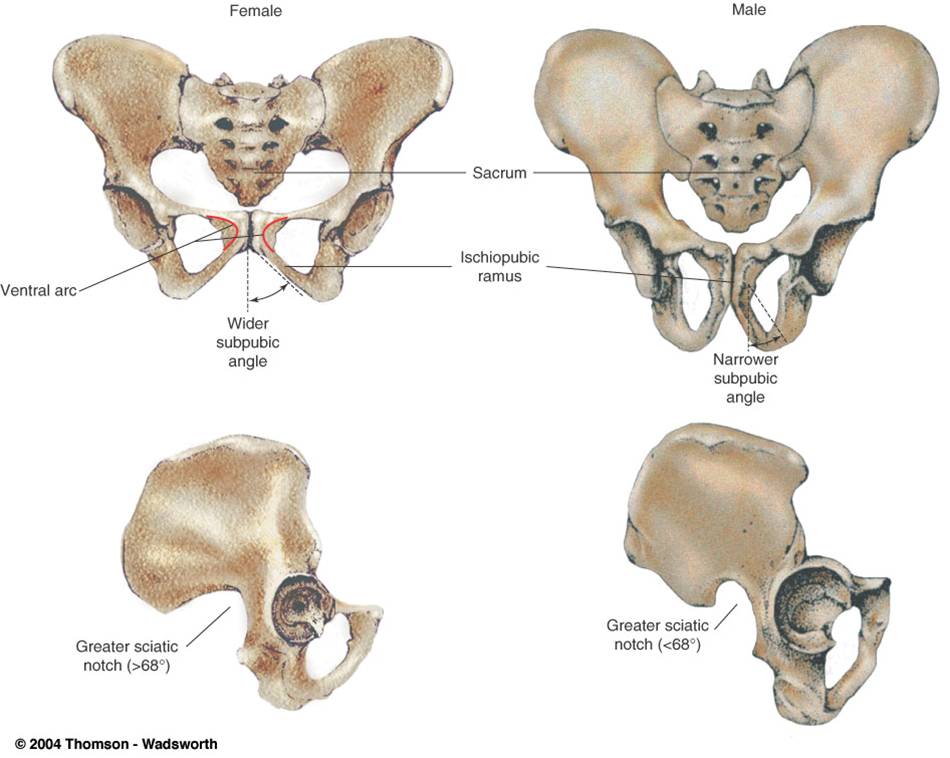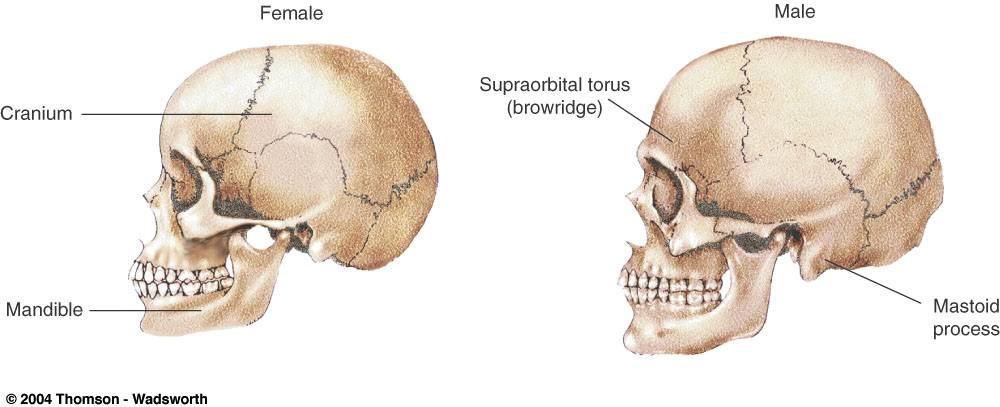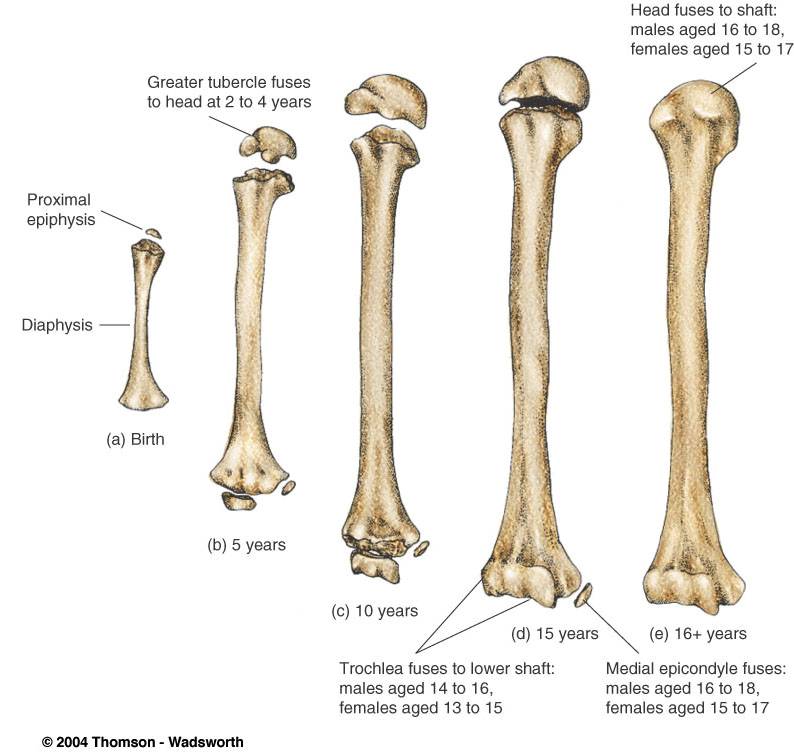
 Early Civilizations:
Early Civilizations:

 Early Civilizations:
Early Civilizations:
Complex Societies of the New
and Old Worlds
Dr. Kathryn Denning
Anth 2150, Sept 2007 - Apr 2008
23 Oct 2007... Welcome!
Plan for the day
1 Announcements.
This week's reading: Ch 6, "Studying the Intangible".
Tomorrow in tutorial: bioarchaeology - working with casts of skeletons to learn about how we determine age and sex etc. from the skeleton. Come ready to interact with the (fake) bones! Bring the handout you'll receive in class today.
Next week's reading, to do before class:
1) "Bioarchaeological and biocultural evidence for the New England Vampire folk belief" by Sledzik and Bellantoni. Click here to download pdf.
2) "Vampires and Death in New England, 1784-1892" by Michael Bell. Click here to download pdf.
Next week in lecture: special Hallowe'en feature on the dead and the undead... we'll be watching some clips from a documentary on vampires. (If you want to watch the full show, it's airing on the Discovery Channel Canada on Sunday 28th at 9 pm. OR we'll be having a screening here at York on Tuesday 30th, 5-7, in Accolade West 006. But please be warned: it's violent and gory. Don't let young children watch it!)
2 Lecture: a) Studying the Intangible... and b) introduction to bioarchaeology
-----------------------
Last week in tutorial, you discussed:
What can we really know about past people's lives? What can't we know?
What you said
- depends on exact preservation of body and context
| Can know | Can't know |
|
- the who/what/when/where - interacted with others - bones give insight into physical labour in life - where they were from - nutrition and food - gender - race - ethnicity - sex, age - cause of death, or injuries at least (fractures, broken bones) - diseases (in the individual or common in the society) - women - if they had children - age at death (bone development and teeth) - how old were they when they died - absolute chronological date (e.g. C14) - when did they die - burial method, tattoos, artifacts, possessions --> status - clothing, if good preservation - technological possessions - context - religious affiliations - how society was organized (stratified etc.) - the view of history and current events based on ancient texts - trade routes
|
- the 'why' - personal thoughts - emotions - day to day daily activities - whether they knew of other civilizations - where they were born - purpose of mass burials - did they dance - personality - males - can't know if they had kids - were bodies disturbed - family relations - lifestyles - status - talents - why buried together - what language spoken - literacy - intelligence - mental health - behaviour - what was normative/normal then - hygiene - fears - education - personal beliefs - goals - habits - eye colour - sexual practices - if a burial portrait is really representative of the person - names / titles - whether or not they'd approve of our study of them - we can't know if what we know is true
|
More on bones / tangibles in a minute... meanwhile... what CAN we study about the intangibles?
Chapter 6, Studying the Intangible
- the challenge of reconstructing the intangible beliefs, ideologies, and social relationships of the past
- human cosmology [Greek for "study of the universe", meaning an understanding of the order and nature of the universe]
In early civilizations' cosmologies:
a) it appears that several elements were generally shared: a multilayered cosmos with realms of the underworld and sky, primordial waters, an axis mundi [axis of the world] with a central sacred place -- e.g. pyramid (Egypt, Aztec, Maya), cave, or mountain (Hindu Mount Meru, Greek Mount Olympus, Lakota Black Hills)
b) sacred places/mythic landscapes were "instruments of orthogenetic [developing in a straight line] transformation" (Eliade cited in Fagan 2004:146), i.e. they kept traditions intact
c) material and spiritual worlds were not separate - ancestors were often intermediaries between living and supernatural
d) shamans, mediums, visionaries, or other people "of power" could link directly to the supernatural world, were healers, and could influence the natural world
e) the cycles of the seasons governed human life - fertility, procreation, life, death
How do we know all this? This is condensed from much investigation, archaeological and anthropological, and also through history of religion (texts)
How can we interpret specific examples of religious/cosmological belief in the archaeological record?
Very carefully... with attention to all potential evidence, and using all methods of analysis possible.
 e.g.
Oracle Bones, from Shang era China - divination rituals 4500 years ago
e.g.
Oracle Bones, from Shang era China - divination rituals 4500 years ago
(Scapulimancy/scapulamancy still used today in a few cultures, including North American Native, Innu... presumably a quite old practice!)
e.g. Rock Art in Africa -- San people whose ancestors made the art are still able to interpret it for anthropologists -- they still know the ceremonies being depicted

San eland painting being examined by Lewis-Williams.
http://www.nationalgeographic.com/ngm/0102/feature7/index.html, http://www.museums.org.za/sam/resource/arch/rockart.htm
Rock art from Ice Age Europe and other locations isn't the same as African rock art, but comparisons can be fruitful.
Archaeology of Death e.g. Sutton Hoo, burial of an Anglo-Saxon king, Raedwald, 625 AD Example of an elaborate funeral rite: the symbolism of the ship burial
Site image: www.suttonhoo.org . British Museum info (n.b. no body - decayed - though chemical traces found)


e.g. Pyramid of Khufu at Giza, 2550 B.C.

borrowed from http://maceachern.carleton.ca/Conferences/MWSCAS_2003_Cairo/image010.htm
Artifacts: The Importance of Context



Portrait skulls from Jericho, Jordan Valley, circa 6500 BC - excavated from a pit below a house floor. Each face an individual portrait -- plaster, with shell eyes. The context is all-important to understanding their significance.
Burying people under house floors or along paths was actually quite common... or keeping relics in the home. (We still do...)
Another example of context being crucial to understanding artifacts:

Shrine at Phylakopi, island of Melos, Greece
"Lady of Phylakopi"
- very careful excavation was required to see the layout of the building, to verify that it was indeed a shrine - altars with statues, trumpets, lyres
Artifacts and Art Styles
- very difficult to decode highly stylized art -- to understand the ideology behind it, but sometimes it can be done with a lot of careful work and some luck
- e.g. Moche (Peru) sacrifice ceremony seen in art.... and then in reality
- e.g. decoding Maya glyphs and understanding the cosmology
Sacred Places
- understanding the symbolism of the material site, the fusion of sacred and secular
e.g. Chartres cathedral, the Rose windows
e.g. Maya cities of Copan, Tikal, replicas of the spiritual world
e.g. Angkor Wat in Cambodia - towers explicitly depict Mount Meru, home of Hindu gods/centre of universe

e.g. Cahokia (Illinois, AD 1150) layout - quadripartite pattern known from surviving Southeastern spiritual traditions. Note also Woodhenge.

Astroarchaeology and Stonehenge

The sun lines up with several key points at the solstice.

Stonehenge aerial view: Burials around the site indicate that it was not merely a secular time-piece -- this is a sacred landscape.

Other examples of prehistoric astronomy encoded in archaeological sites: Regions like Chaco Canyon. Below: Pueblo Bonito, in Chaco Canyon, New Mexico -apparently the centre of a massive cultural/sacred landscape. Modern Pueblo peoples have helped archaeologists understand these ancient Ancestral Pueblo sites.


At its best, what can archaeology be about?
A deeper understanding of ancient lives...humanity... life and and death.
How did people live? How did they die? What did the living do with the dead? And how did the dead influence the living?
Next week we'll talk more about being biologically dead and socially alive. But for now...
Remember all the issues that came up last week in our discussion about the study of Otzi.
It's crucial to be sensitive towards different societies' attitudes towards, and feelings about, their dead. Archaeology hasn't always done this. Many academic disciplines have aspects to their history which are problematic; this is one of archaeology's problems.
It's crucial to try to keep the people in archaeology. It is possible to be very detached in archaeology and think only about the things that people made, or built... but we can't lose sight of the people themselves.
With that in mind.... what can we learn from the skeleton?
Bioarchaeology/ Skeletal Biology
Ground rules:
- in this class we only use casts (plastic copies of bones), but there are still rules for handling them!!
- respect
- care
- keep them over the table
- don't make them 'talk', don't stick your fingers into the spaces

STUDYING THE SKELETON - OVERVIEW
1st :
ETHICS (archaeological vs. forensic cases)
THINK: WHAT DO WE WANT TO KNOW? IS IT WORTH IT?
UNDERSTANDING BONE – LIVING, RESPONSIVE TISSUE
------
DEPOSITION (deliberate? accidental?)
DISCOVERY
RECOVERY (context!)
IS IT BONE? IS IT HUMAN?
IS IT RECENT OR ANCIENT? (How old?)
SEX (not gender)
AGE – INFANT, JUVENILE, SUBADULT, ADULT
PALAEOPATHOLOGY – DISEASE (INFECTIOUS, HEREDITARY, CONGENITAL), INJURY/TRAUMA
NUTRITION AND DIETARY CHOICES [malnutrition,
LIFESTYLE/BEHAVIOUR PATTERNS
PERSONAL IDENTITY (forensic, known historical cases)
CULTURAL MODIFICATION DURING LIFE (antemortem)
POSTMORTEM CULTURAL MODIFICATION (burial rites etc.)
POST-DEPOSITION (taphonomic processes)
GENERAL TYPES OF ANALYSIS
- morphological techniques (shape, wear & tear)
- metric techniques (size, ratios)
- radiography, microscopy, etc.
- biomolecular & chemical techniques, including DNA, isotope analysis
- dating techniques













Handout - shows diagram of ages at which epiphyses fuse.
This is what it looks like on an X-ray.
(a knee: distal femur, proximal fibula and tibia)

Wrist




The following Images Are Of Casts:
Cranial modification (precontact skull from Washington)

Syphilis

Tuberculosis

TB in spine
